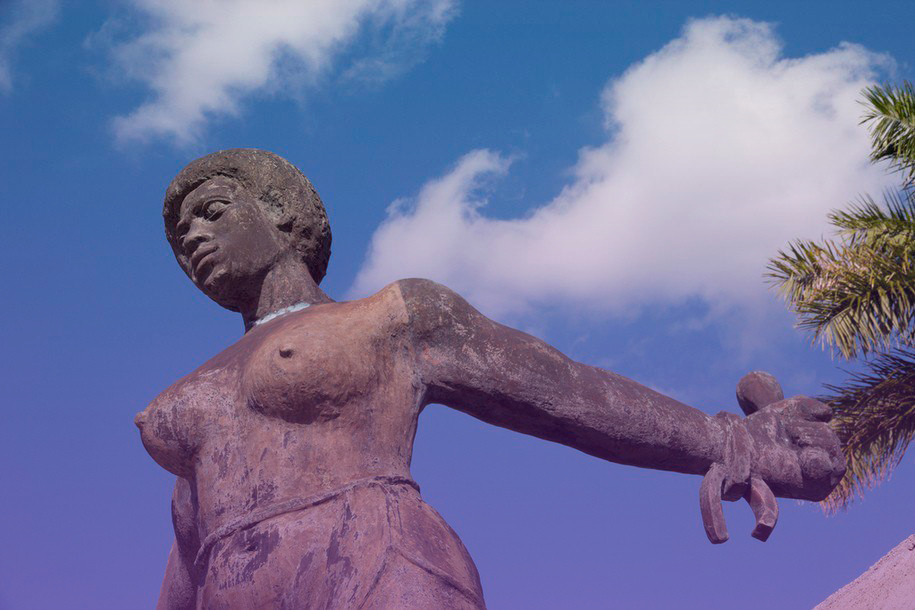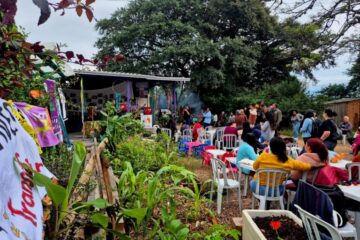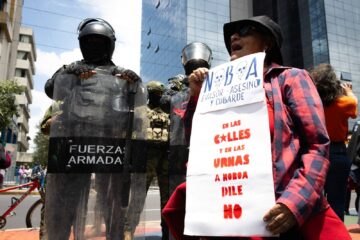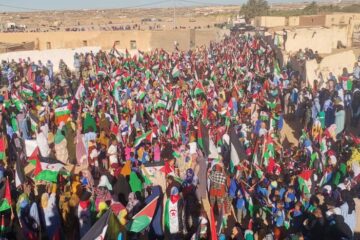“The drums of Eduardo, of the Fula people, are echoing. There is no need to talk, we know what’s it for, we’ve been planning this for months. For years this has been the dream of many of my people, who was born to live free, and here we are, like animals, with muzzles, shackles, under threat of being tied to the post, attacked by feral dogs, and whipped by the overseer. This is no life.”
These may have been the thoughts of Carlota, an enslaved Lucumí1 woman, on that Sunday, 5th of November, 1843. But little is known about her life. She was taken to Cuba from Africa. For many people, her name resonates the Cuban operation in Angola2 and an olden story of an enslaved Black woman. But what they don’t know is that Carlota was one of the leaders of the extraordinary slave rebellion at the Triunvirato plantation, where the city of Limonar, Matanzas is located today.
Carlota witnessed the communication, through the drums, between enslaved people from different nearby plantations to stop working and put an end to the brutality of that system.
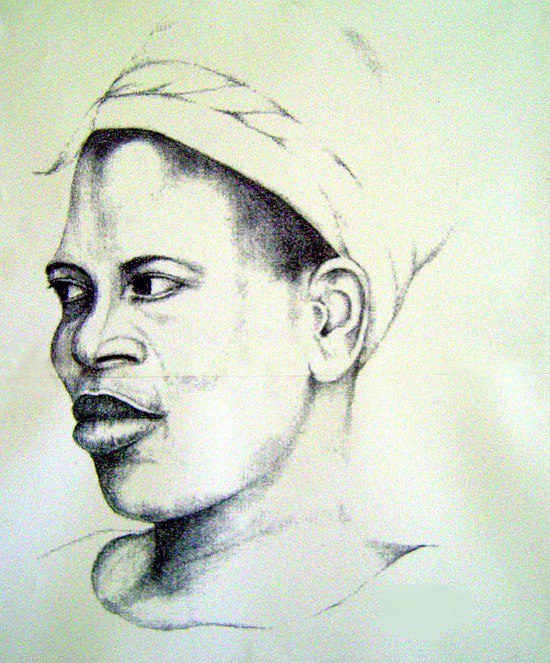
As journalist Marta Rojas writes in “Carlota, the rebel” [“Carlota, la rebelde”], for the white slave owners, what they heard that night sounded like the drums playing in the quarters to call ancestors. But the truth is that, at eight that Sunday evening, the 5th of November, Carlota, Narciso, and Felipe, as well as the Gangá3 Manuel, had their machetes sharpened. That moment, the targets were the manager of the plantation, his overseers, and lackeys.
They were the first to feel the edge of the steel. Their pistols and shotguns were snatched, their arms too. Carlota and her captains, following the plan they had secretly devised, went from Triunvirato to the Acana plantation to set an enslaved rebel woman named Fermina free, a veteran leader who was chained by her masters with shackles around her ankles.
Carlota was leading the rescue. She is described as a woman of military qualities and extraordinary courage. She was barefoot, wore a worn-out dress, and carried a blade. “Death, fire, freedom” were the words, according to historian Antonio Pirala, shouted by those who rebelled as they marched from one plantation to the other. “Savagery” and “devastating march” were common phrases used by those who, throughout the 19th century, took charge of writing about those events, as their colonizing sense obscured their understanding of the cause for which those who had been subjected to miserable living conditions were fighting.
As Rojas writes, the rebellion spearheaded by Carlota sparked an international response. Coming from the United States, a corvette of the US navy docked in Cuba with a document offering captain general O’Donnell all the necessary help to annihilate the “Afro-Cuban” revolt.
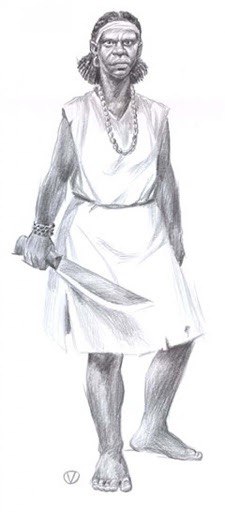
After their successful feat at the Triunvirato and Acana plantations, other Black men and women joined the uprising to continue the attacks against plantations in the area. But the troops of the Governor-General of the island were persecuting the rebel leader.
According to historian Pedro Antonio García, Carlota’s offense was besieged and ambushed at the San Rafael estate, her fellow rebels massacred in an unequal fight against a professional army. Among them, 56 were killed, 17 were injured, and 60 were taken as prisoners. It is unclear whether colonial forces suffered casualties. Most enslaved people who managed to escape were captured in the following days, although some sources say they were able to reach the Ciénaga de Zapata swamp, where they established a palenque community.
Traditionally it is argued that there were several extrajudicial killings, such as the one of Carlota. She was tied to restless horses who threw her around, until her limbs were dislocated and her body was quartered.
Remembering these facts to which historiography remains indebted hurts the soul and takes our breath away. But the truth is that, according to Marta Rojas, Carlota’s liberation struggle, for her amassing power, vigor, and courage, is part of the Cuban heritage of rebelliousness against oppression.
Carlota is a symbol of rebelliousness and independence. Her heroism and resistance have inspired other Cuban women in La manigua4, in Sierra Maestra5, for building a more just society. Maybe this is why naming the Cuban military mission in solidarity with Angola after her was like bringing together her and her comrades in arms’ untamable spirit to serve this nation, from which many of them have been taken.
Sources consulted:
Books: Conspiraciones y revueltas. La actividad política de los negros en Cuba (1790-1845), by Gloria García; La forja de una nación, by Rolando Rodríguez; Componentes étnicos de la nación cubana, by Jesús Guanche; La rebelión de Aponte de 1812 en Cuba y la lucha contra la esclavitud atlántica, by Matt D. Childs; La gesta heroica del Triunvirato, by José Luciano Franco.
Newspaper articles: “Fermina Lucumí, heroína y mártir de las rebeliones de esclavos en Matanzas”, by Josefina Toledo, and “Carlota, la esclava rebelde”, by Marta Rojas.
[1] Lucumí is one of the names created by the Spanish and Portuguese colonizers to refer to enslaved Yoruba people. The term “Lucumí” was used as a “seal of approval” in slave trade to refer to enslaved people with great physical ability and performance.
[2] Operation Carlota was a military mission that began in 1975, in which Cuba sent combat troops in support of the People’s Movement for the Liberation of Angola (MPLA), as part of the African country’s struggle for independence.
[3] The Gangá are an Afro-Cuban ethnic group originally from West Africa.
[4] La manigua is the woods and most thick countryside of Cuba, where Cubans organized a government during the War of 1868, and which became a battleground for independence from colonial Spanish forces throughout the 19th Century.
[5] Sierra Maestra is a mountain range in the Cuban island from where the revolutionary guerrilla led by Fidel Castro and Ernesto Che Guevara ultimately overthrew the dictator Fulgencio Batista in 1959.
Marilys Zayas is a member of the Federation of Cuban Women [Federación de Mujeres Cubanas] and of the World March of Women.

